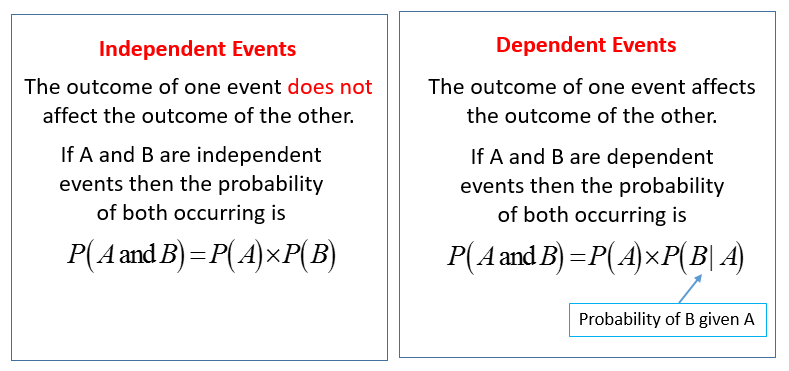If you have been vaccinated, your chances of getting Covid are far less than 10%. And, if you are with someone who has been vaccinated, the chance that they could infect you is far less that 10%. Using the mathematical law of multiplying independent probabilities, the chances of either of you contracting the virus is far far less than one in a hundred. Even if neither of you are wearing masks.
So be bold vaccinated pilgrim ... and sally forth into the vaccinated world!
Afterward: Another reason for herd immunity ... is because even though a vaccine may be 90 or 95% effective, the 5 or 10% of those vaccinated will not all get infected at the same time ... meaning the time differentials between infections reduces the above probabilities even further.
After afterward: By my calculation the real odds of getting Covid ... if you have been Pfizer or Moderna vaccinated ... you go out in public without a mask ... and herd immunity has been accomplished ... is in the neighborhood of 0.0625% ... or 1 chance out of 1600.
STAND UP FOR FREEDOM!

If p is the joint probability of contracting the virus in a single interaction or maybe even many interactions through time with the same individual (as you say, it’s a small number either way) then 1-p is the probability of not contracting the virus from that interaction or individual.
ReplyDeleteBut if you have n interactions, or interactions through time with n different people, I think the probability of not catching the virus is:
(1-p) to the nth power
Even with a very small value of p, the value of (1-p) to the nth power (that is, the probability of not catching the virus) can become uncomfortably small if n is a large number (and the probability of catching it becomes coresspondingly larger.)
That’s one reason for the emphasis on avoiding large crowds — n is the number of people with whom you interact, so as n gets large, the probability of not getting the virus decreases. The other reason is that in crowds, one is typically closer to people, so the value of p is larger.
So — larger p, larger n —double whammy; you might want to limit your participation in the bar scene.
Thanks ... see also “ https://www.quantamagazine.org/the-tricky-math-of-covid-19-herd-immunity-20200630/”
ReplyDeleteAlso .... I was dealing with infection probabilities between two people who had been vaccinated (or who already had Covid, assuming that the chance of reinfection was about the same as if vaccinated.) Your comments change my 2 interactions into “n” interactions .. a worthy extension. However, my instinct is that it would be an additive function and not a power one. Why?
ReplyDeleteI think it would be a power function if everyone interacted with everyone simultaneously ... kinda like a big group hug. This still could be like it would be in small subgroups ... but not the whole “n” enchilada. So I am more inclined toward adding the probabilities of infection for just those you have some extended contact with. ... or n times p if all ps are the same. But again this is tempered by my initial assumption above. Throwing that aside to allow for non-vaccinated people, your cautions are well taken.
To someone who barely passed Algebra, this debate sounds like "How many angels can dance on the head of a pin?"
ReplyDeleteTherefore, should it not be pursued?
ReplyDeleteNavel gazing is protected under the Constitution. Count the trees in the forest. Listen to the voices in your head. All protected.
ReplyDeleteWhen you realize that you do not have enough data to arrive at your conclusion, we will be on the same page.
We are awash with people in the news reaching conclusions before they have all the facts (Georgia voting law.) I’m just following suit ... and yes, I am likely partially wrong. But I wouldn’t discover this unless I posited and was questioned. The real shame is those who are not willing to revise postulates when proven wrong. This is our current world. But thanks for your (correct) suspicion.
ReplyDeleteI recognized a distinction when I differentiated between N (the whole crowd) and n (the interactions for which p is associated). Thinking back I seem to recall seeing that n was defined as a close interactions of 15 minutes or more between any two people. By that I mean N is irrelevant. One might have n=20 when N=10 ... and n=10 when N=20. (I think the upper limit for n might be N! ... and the lower limit, zero?) This would mean that crowd size does not determine super-spreader events ... it is the crowd dynamics.
ReplyDelete(I’m getting there.)